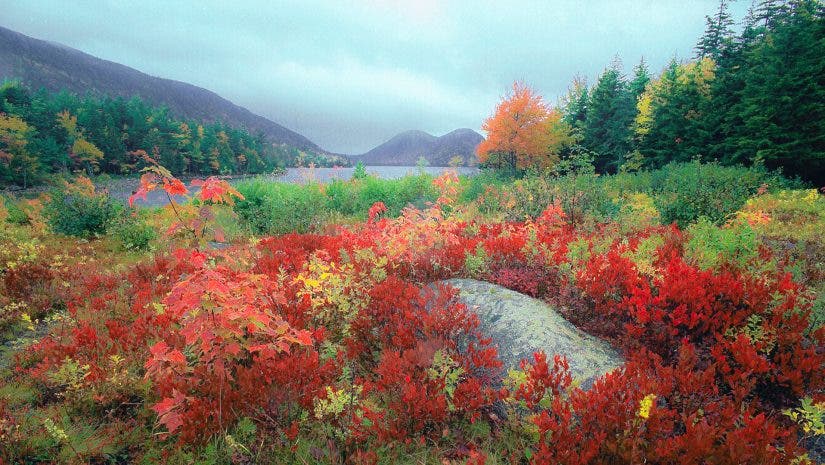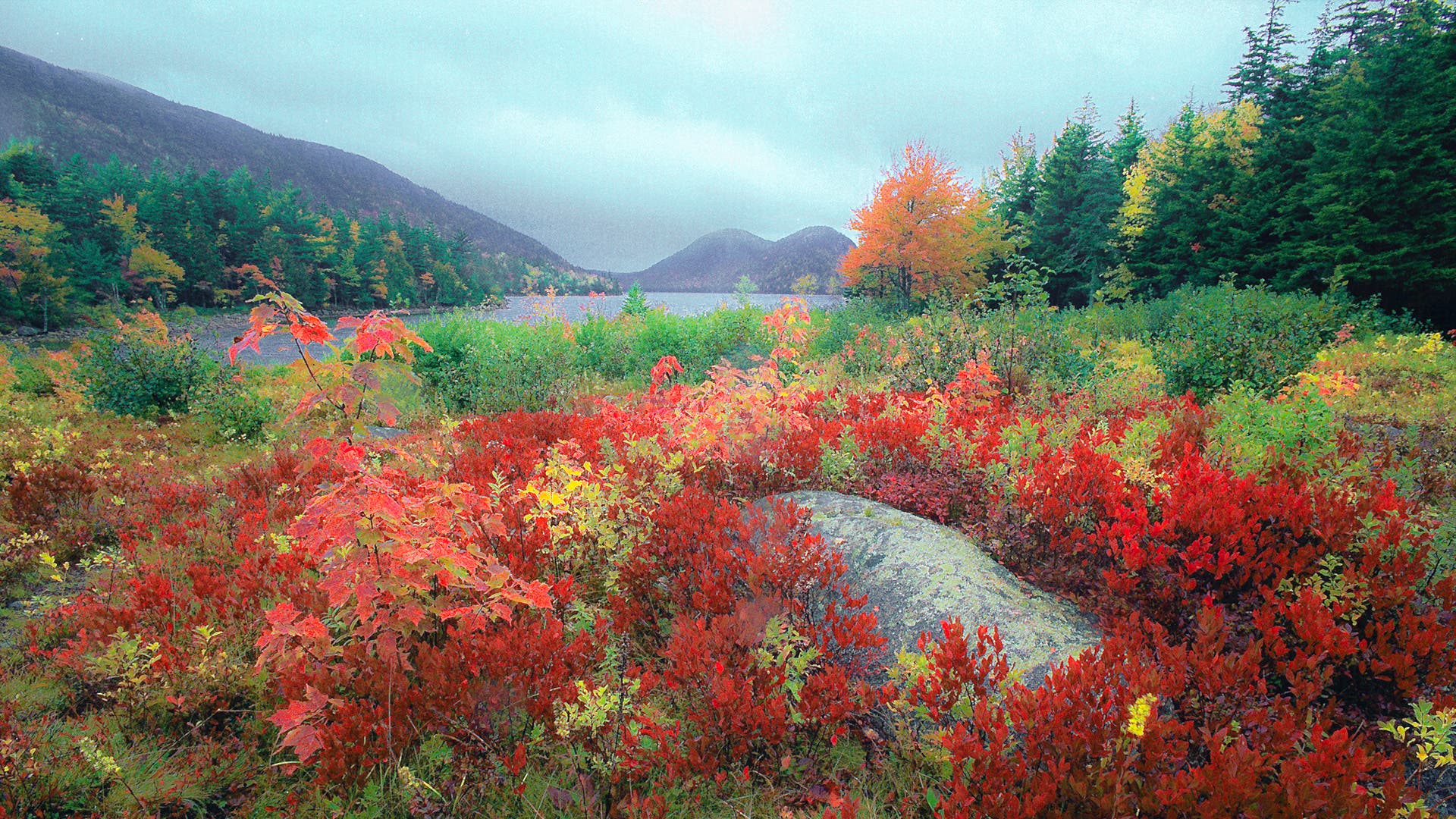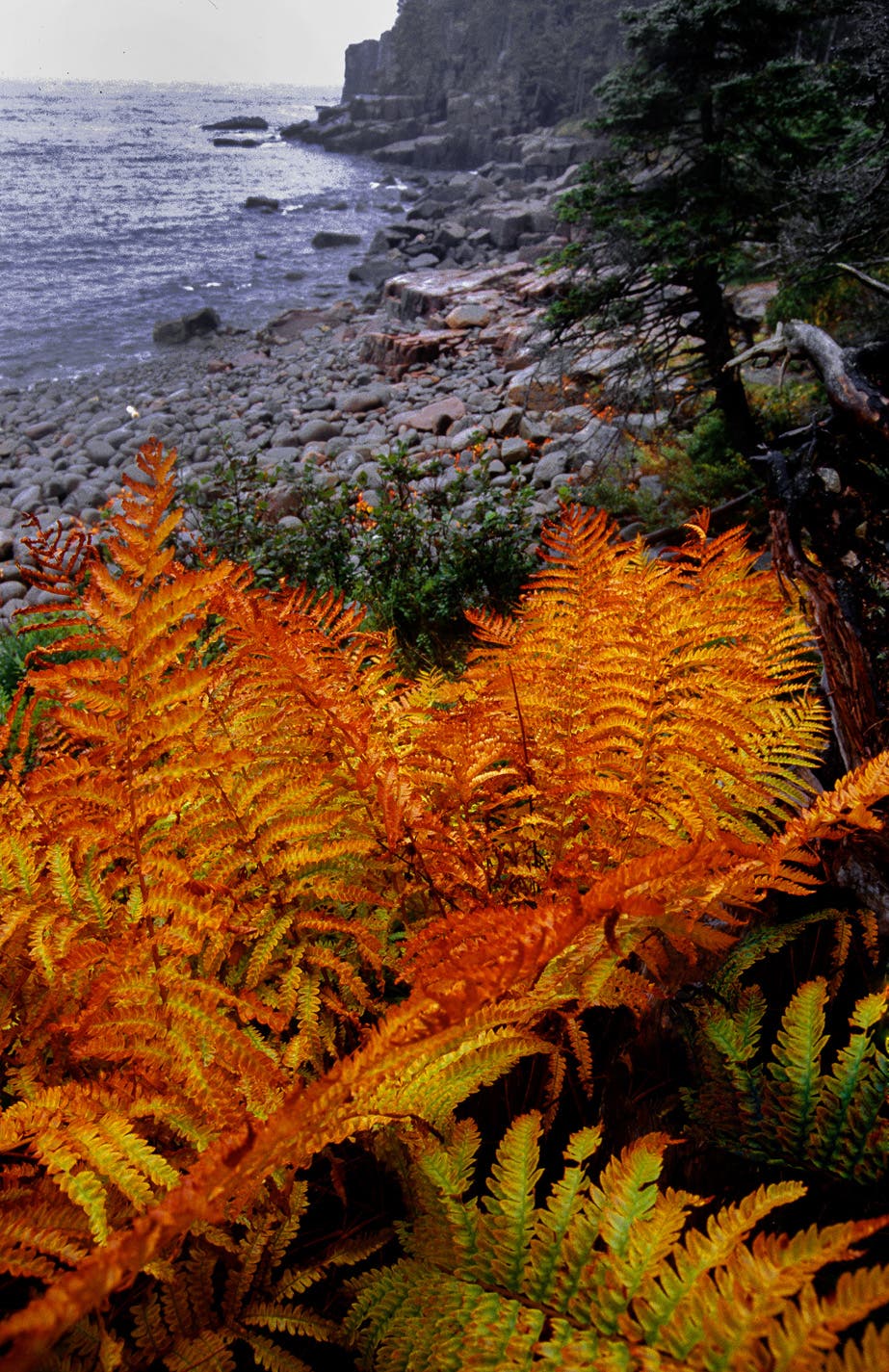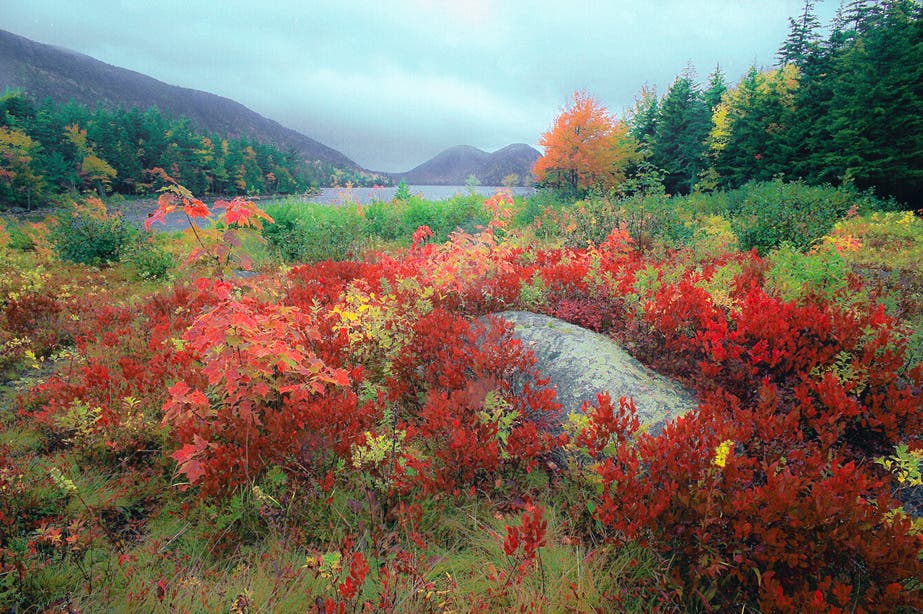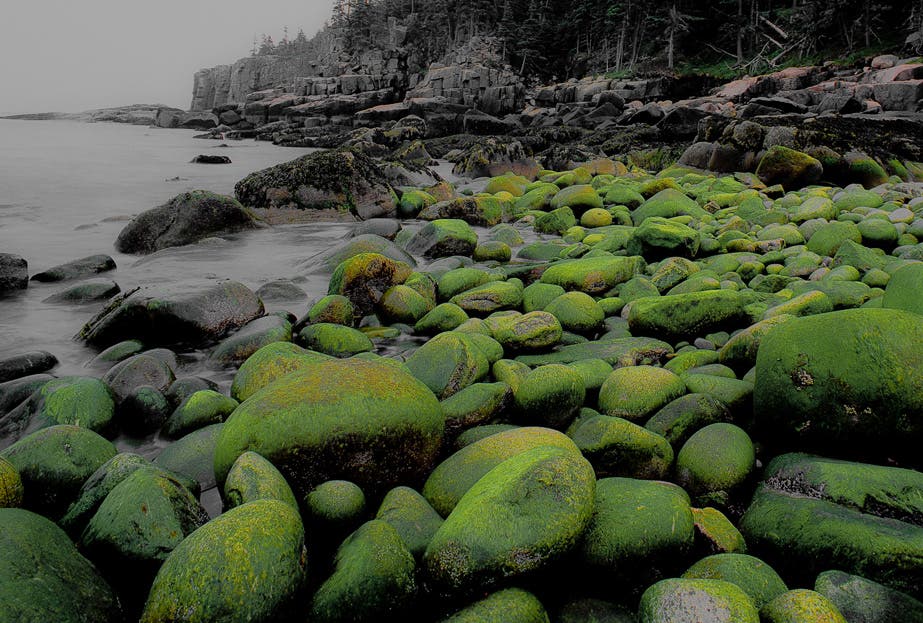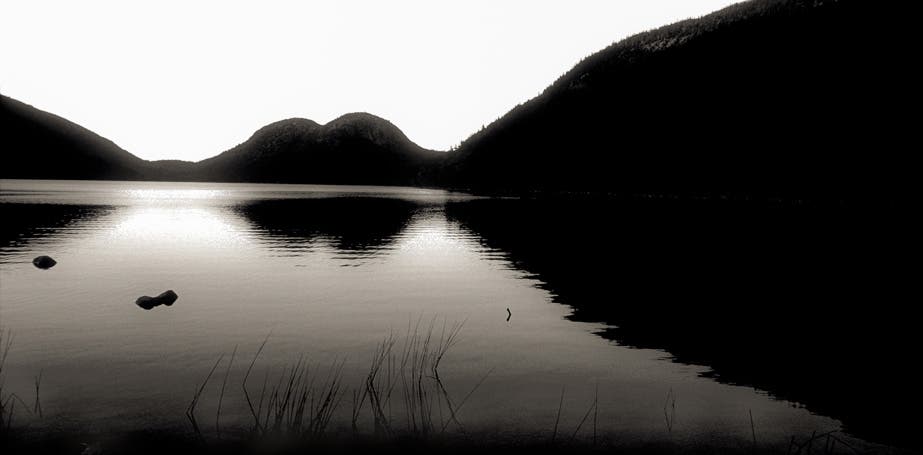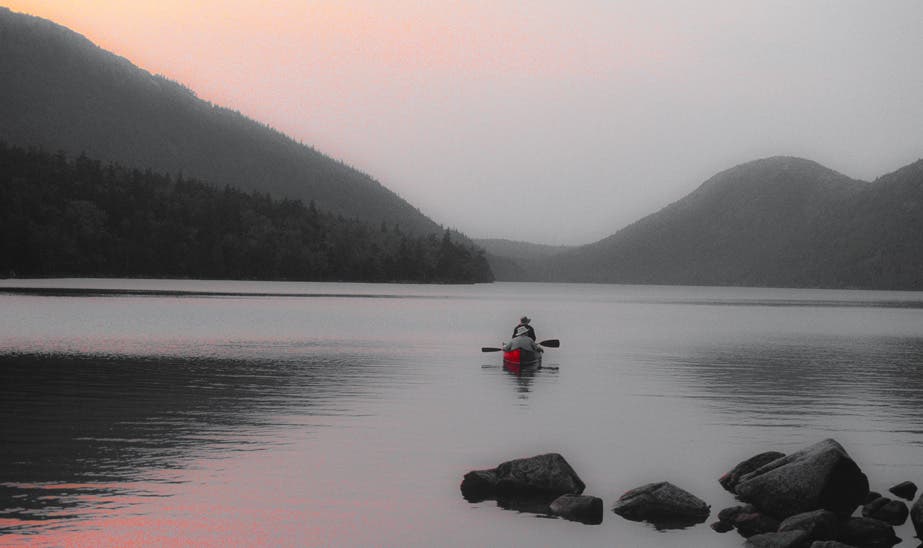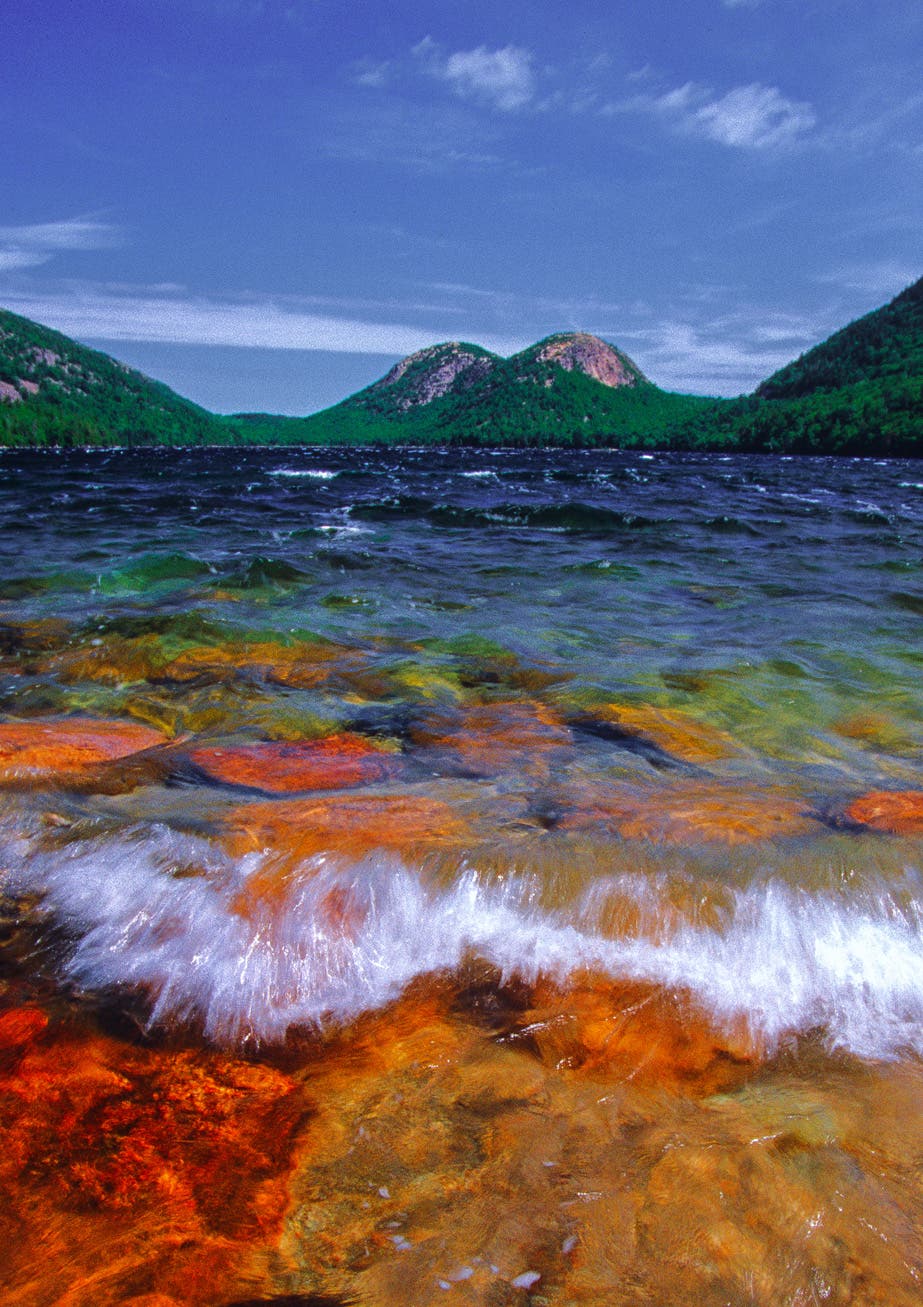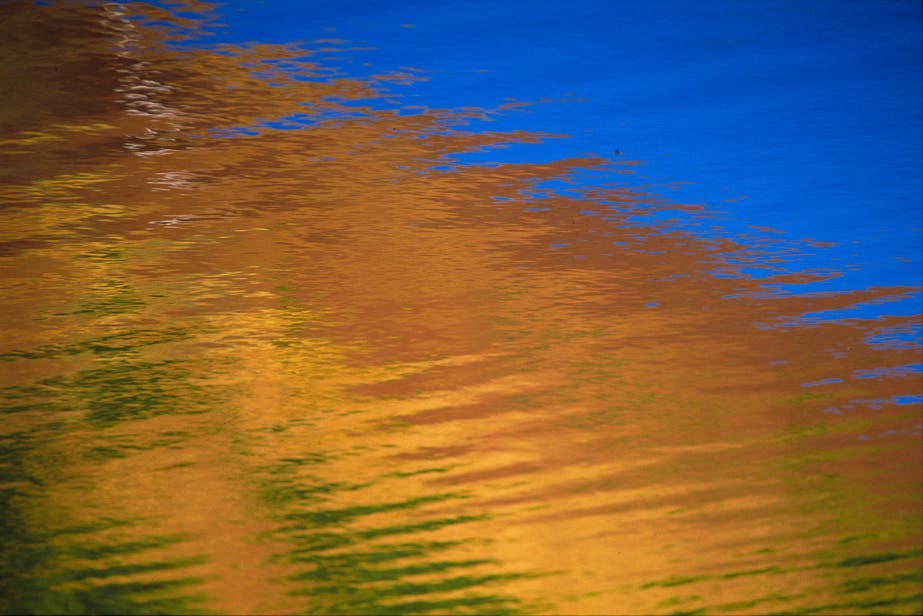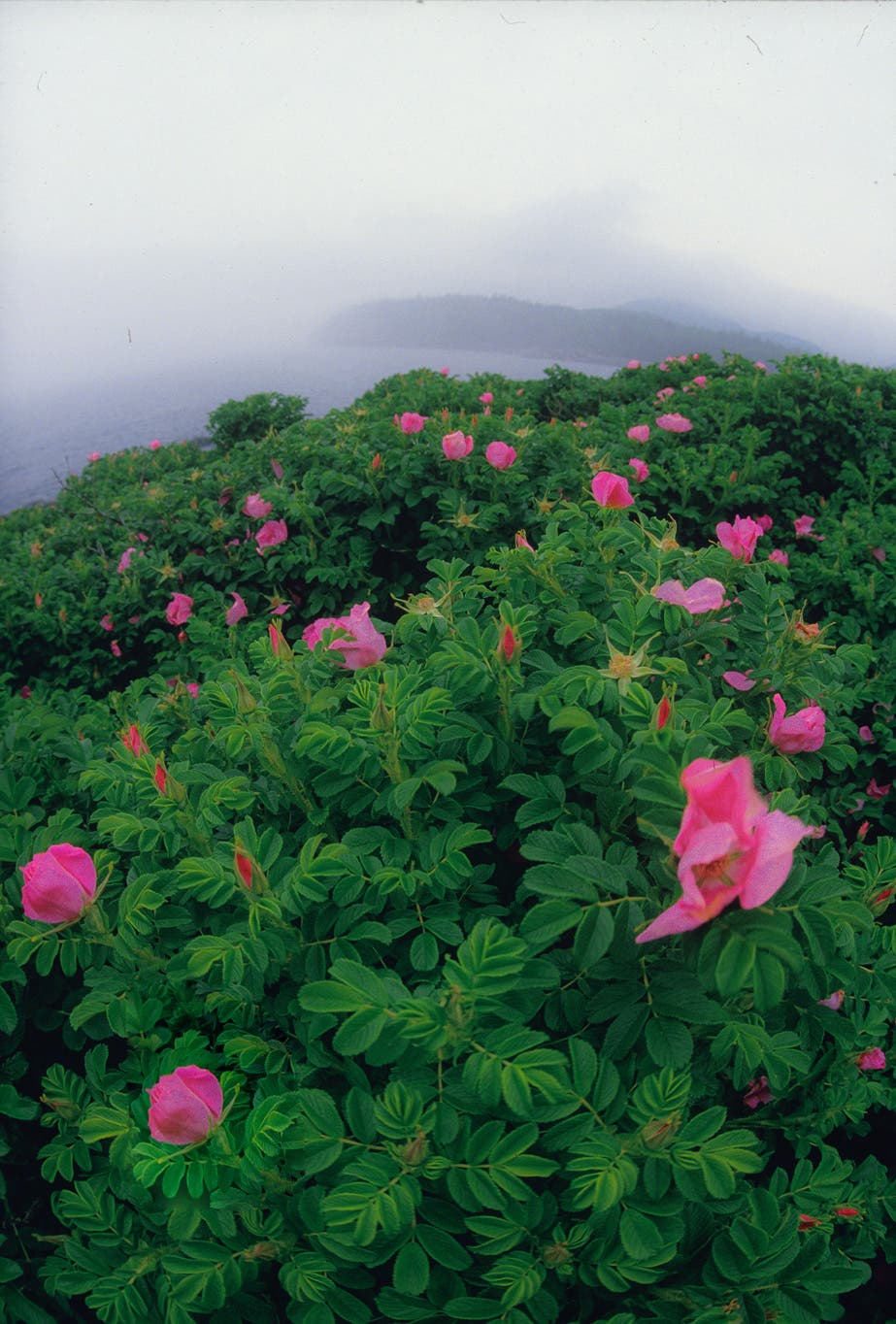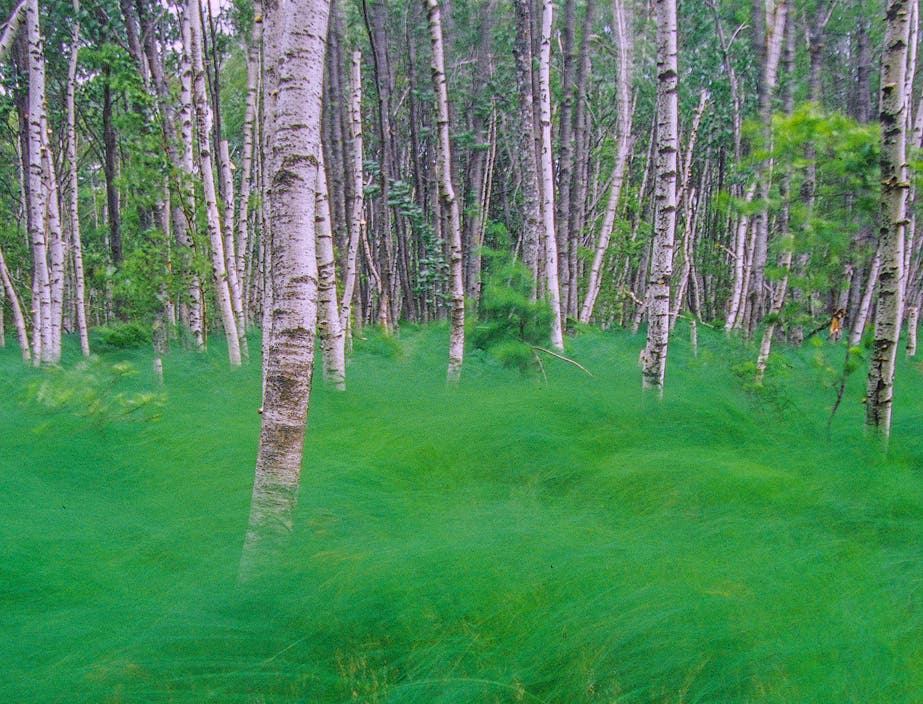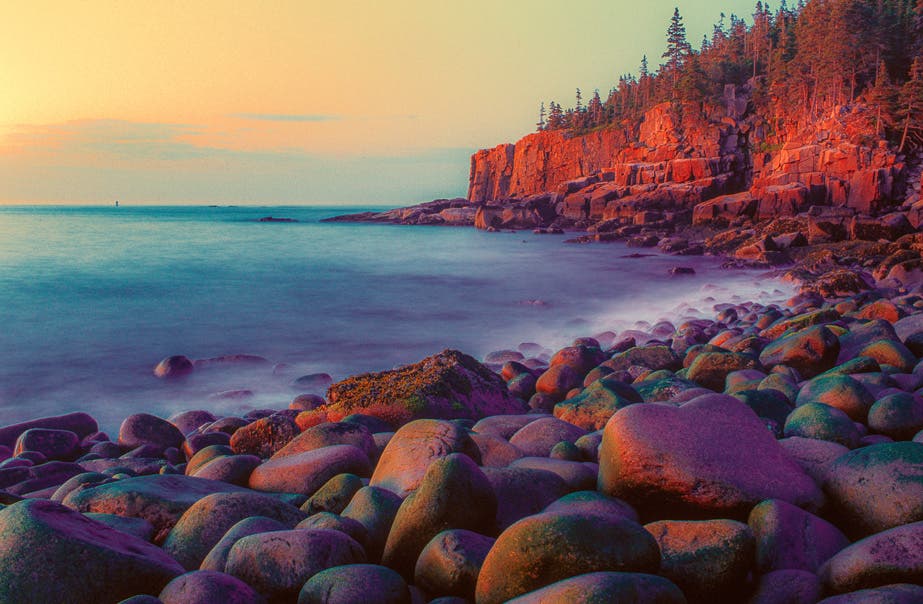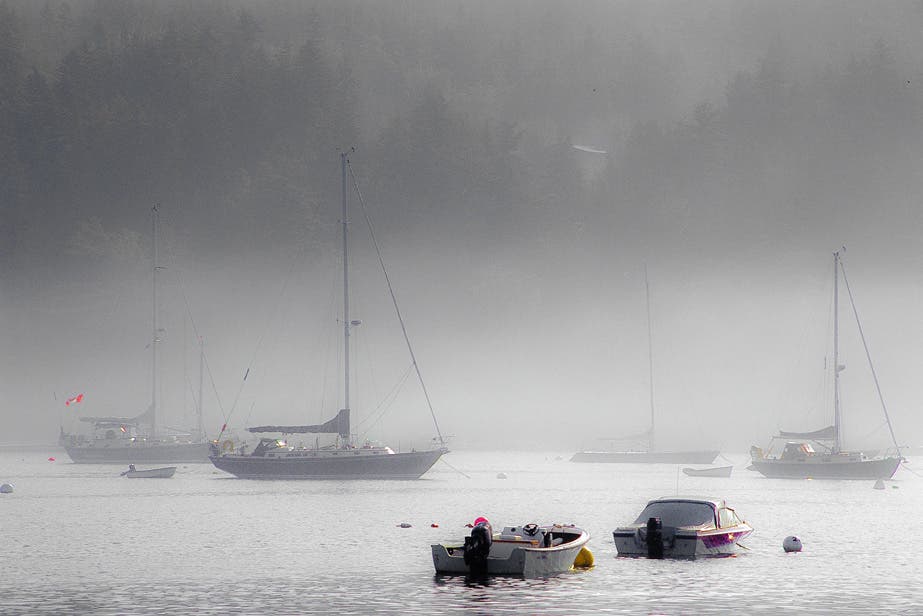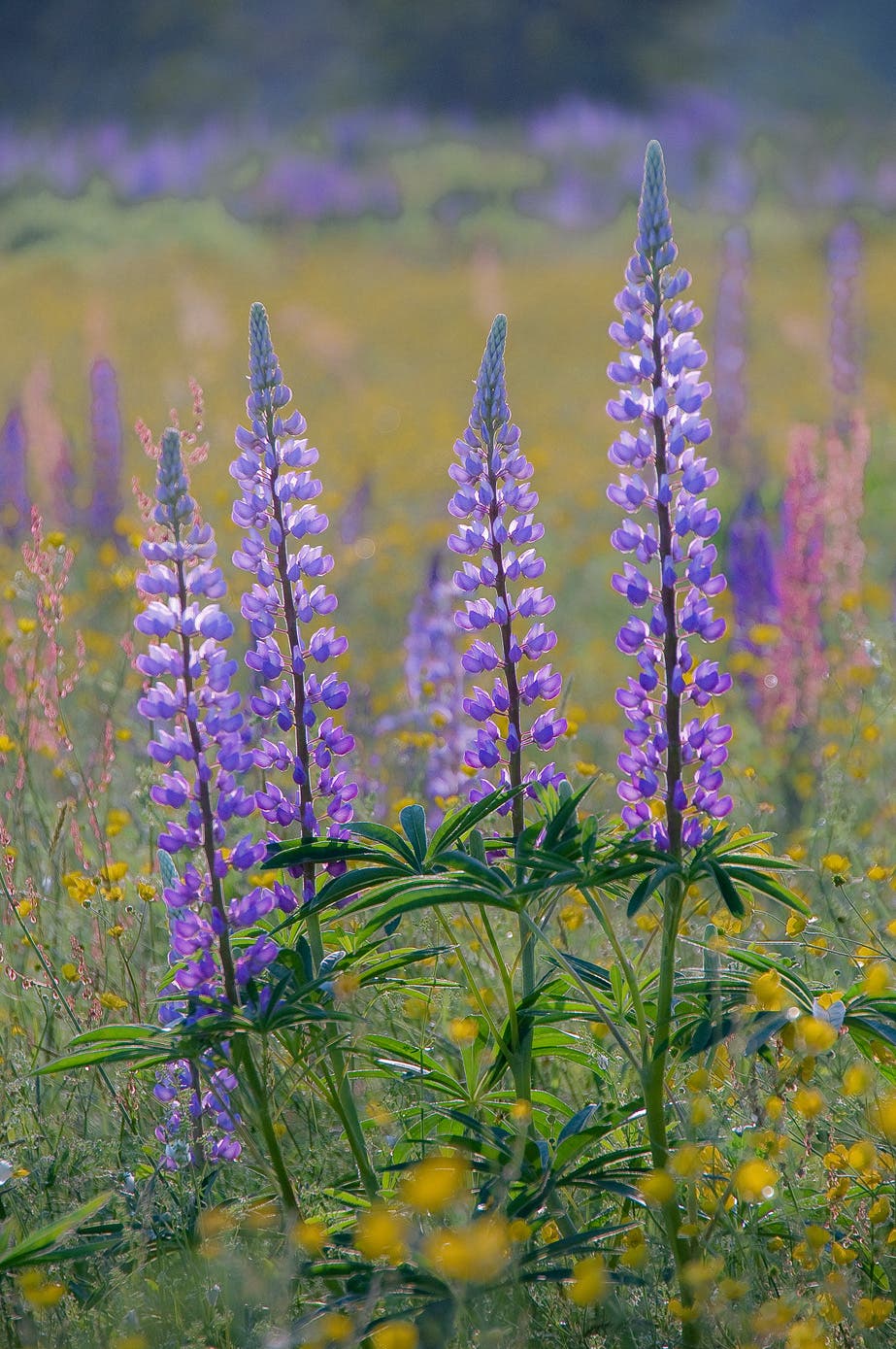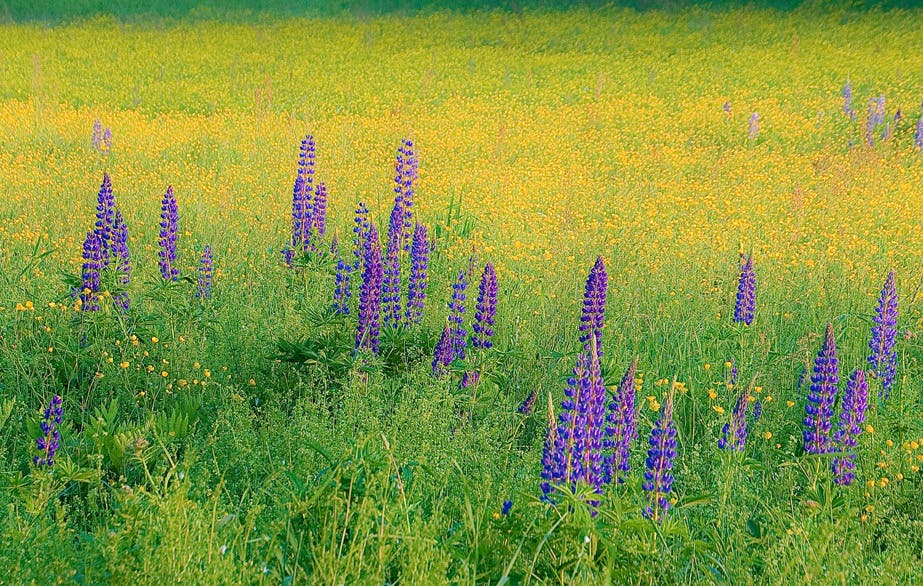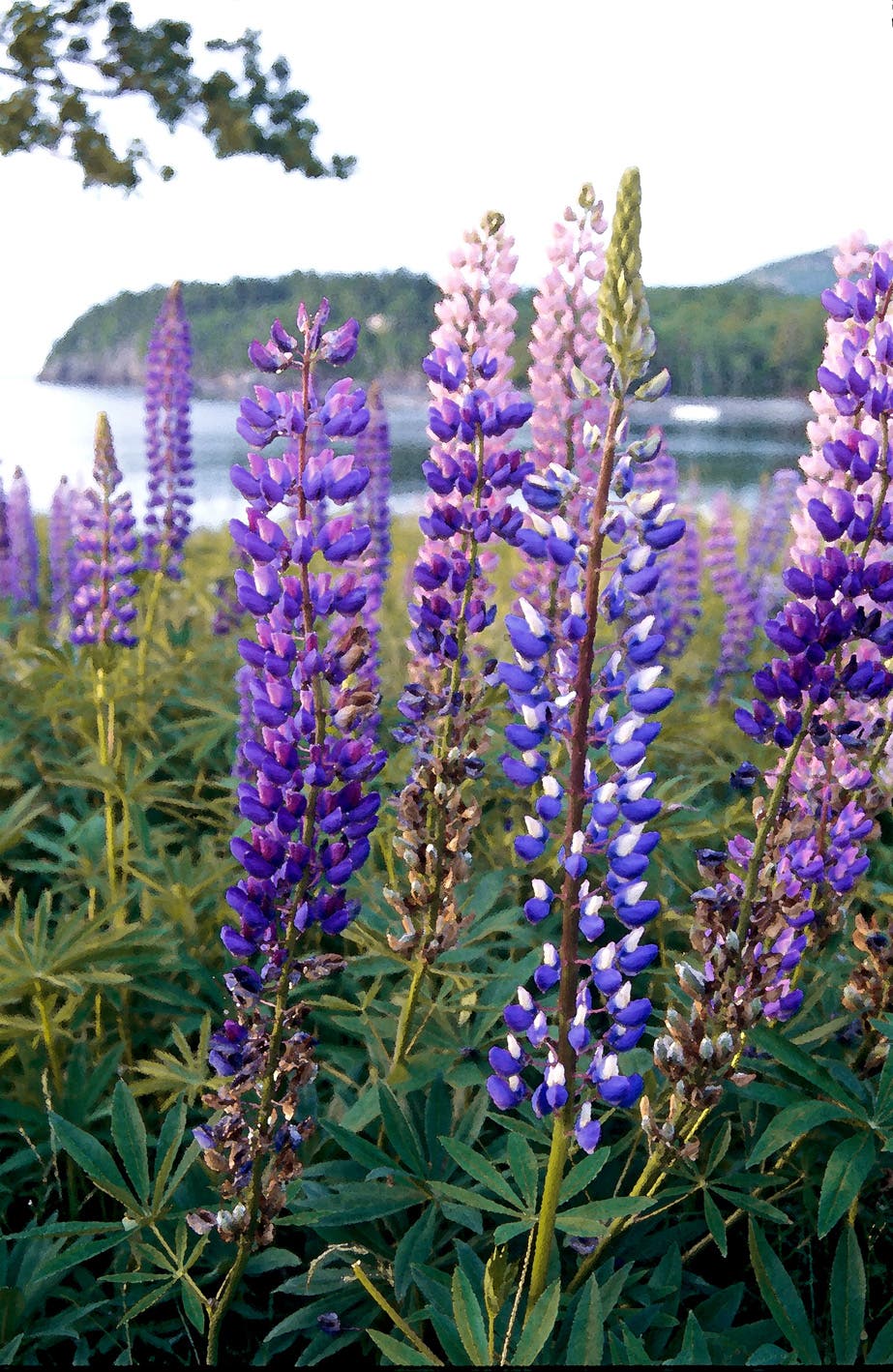The coast of Maine is one of the most dramatic, rugged locations on America’s Atlantic shore. A good chunk of that coastal expanse, plus adjacent mountains and cliffs, were pieced together to create Acadia National Park, the first national park east of the Mississippi River.
While it’s a great place to enjoy hiking, biking, horseback riding and boating, it’s also a wonderfully challenging location for photographers. Here, within a relatively small area — its nearly 50,000 acres make it the fifth smallest national park in the system — you can find a diversity of landscapes: 26 mountains including the tallest on the east coast; 26 lakes and ponds; 17 stone bridges; a sand beach; a lighthouse; and a fjard (not quite a fjord!).
Here are some tips to help you come home with striking photographs of this wealth of visual riches:
Overview/Vignettes/Details. Whenever you travel, vary your formats and perspectives so you have a good balance of vertical as well as horizontal shots and so you capture your surroundings from different points of view. I always encourage students to take overviews, vignettes and details for visual interest and variety.
An overview is an establishing shot that shows a fairly wide expanse of the terrain. You can take overviews along the shoreline to show how the land meets the sea. Or you can look back as you climb a mountain to show the slope and ocean below. Keep in mind when you shoot overviews to have something interesting in the foreground or most of your subject may become too small and distant. Overviews are important but not sufficient. You also should capture some vignettes that home in on a segment of the scene: a grove of birches; a carpet of wildflowers; reflections in a lake. And don’t forget to include details, shots when you come in close to show a flower, rock, mushroom or other aspect of nature that caught your eye. In the field, of course, you’ll mix these up as you look carefully and experience each environment.
Working with All Kinds of Weather. One thing you’ll notice in Acadia no matter what time of year you are there is that you’ll confront all kinds of weather, from day to day and from one part of the day to another. It’s not unusual to find wonderful mists in the morning, bright sunshine at noon, a sudden shower in the afternoon and a sunset peaking through clouds. That’s why it’s important to understand how to make the most of every kind of weather and light. Make the mist your ally by overexposing a bit from your meter reading. This keeps the mist white and also softens colors in the scene. Show graphic shapes, even if they are silhouetted, to add an aura of mystery. Or find a patch of wild roses and wrap them in mist to add romance.
Use bright sunshine to bring out strong colors, underexposing as needed. Experiment with backlight and sidelight, especially with translucent subjects like flowers, to create a beautiful glow. If it’s cloudy, take advantage of the diffused light to get shots where you want no shadows or distracting bright spots, as in the woods or with water — or to saturate colors and keep them true. And if it rains, use the opportunity to get close-ups of flowers and leaves, either in a protected area or just after the rain stops.
Planning your day photographically. If you only have a few days in Acadia, think ahead about what kind of shots you want so you can be in the right spot at the right time. There’s a paved loop road you can drive to many parts of the park, but some sections are one way so it’s a good idea to look at the map you’ll get at the entrance station and plan accordingly. For example, I like to be at a point on the shore before sunrise so I can capture the warm light of sunrise or the equally evocative tones of early light on a cloudy day. Similarly, you may want to plan where you want to be at sunset. The top of Cadillac Mountain is a favorite location but there are other locations, such as Baker Island, that will yield more original images. And don’t be impatient. It may be a late sunset in summer but, if there are clouds in the sky, wait well past sunset to enjoy and capture the fabulous colors you’re likely to see in the sky.
Some things also depend on the tides. You can cross on foot to some off-shore islands but only at low tide. Low tide also reveals lots of interesting aspects of the shore and the creatures who live there. But if you want to experience the explosion of water at Thunder Hole, be sure to come at high tide or just after a storm.
Capturing Motion. Even though the main features of Acadia are anchored in rock, it’s fascinating to notice and photograph the many things that move within the landscape. You’ll find motion in wind-tossed grasses and flowers, in the steady rhythm of waves hitting the shore, and in dramatic sights like the boom of seawater in Thunder Hole.
For each situation, ask yourself how you want to depict the motion. If you want to capture the sense of movement, use a slower shutter speed and experiment at settings from 1/4 second and slower. But if you want to freeze the motion, go for a fast shutter speed of 1/250 second and faster.
Use the same approach if it’s your family and friends whose motion you want to portray as they splash at the beach, help with the rigging on a boat or bite into that delicious lobster in nearby Bar Harbor.
